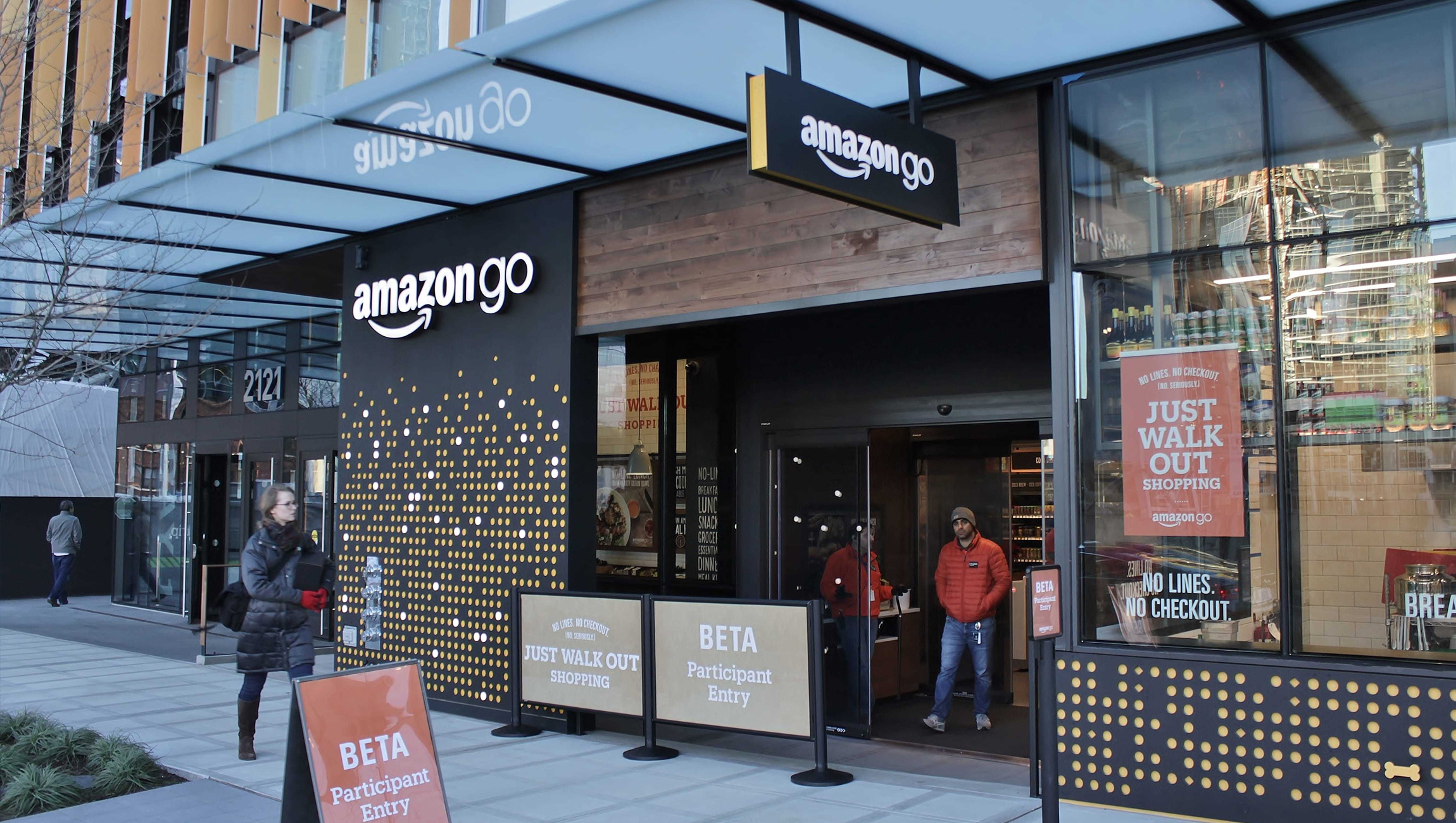Amazon can generate a world of press just by opening one store. Admittedly the Amazon Go store is unique in two ways:
- It’s a brick and mortar store from the world’s largest e-commerce company; and,
- It doesn’t have any checkout — simply walk in, grab what you want, and walk out.
Since its launch, Amazon has dominated the digital commerce world. But Amazon’s threat isn’t limited to digital; each sector is vulnerable. Whether they want to admit it or not, all retailers, from mom-and-pop shops to behemoths like Walmart, have Amazon as a thorn in their side.
So what does Amazon Go, just one store in Amazon’s headquarters of Seattle, mean to the retail world? That story has yet to unfold, but there are three critical lessons retailers can — and should — take away from Amazon Go.
- Make it easy for the customer
The concept of grabbing items from a shelf, putting them in a bag and walking out touches on a pain point for shoppers: the checkout experience.
For many shoppers, the shopping experience is a fulfilling one. Picking out new shoes, buying that new cooking gadget you wanted to try, or simply grabbing a bottle of water and a nutrition bar are often enjoyable experiences. Until checkout — which can feel like hitting a brick wall.
Often 20-40% of the time spent in a store is waiting in line or paying.
And that’s definitely not part of the fun.
While self-checkout in grocery stores has offered some relief, the checkout experience has not evolved much in 75 years.
The broad media coverage of Amazon Go and the sheer number of intrigued consumers are both results of Amazon touching on something that was taken as a given — the checkout experience — and turning its absence into a huge point of difference.
If you had the choice of paying 5 cents more for a bottle of water from a place you could walk in, grab it, and walk out versus a place next door where you had to go through a checkout, which would you chose?
In a way, the experience is modeled on the online one-click checkout experience Amazon offers; they’ve made purchasing super simple, so simple the consumer doesn’t even question whether or not to come back. In our contemporary world where time is money, convenience is often as much a benefit as price.
- Don’t pigeonhole your customer
For the Amazon Go store to work, the consumer has to have a credit card on file before they walk in.
Think about the value proposition: To walk into this store you have to provide a credit card first.
Now imagine a retail ideation session where someone says, “Let’s have the customer keep their credit card on file so they can walk out with whatever they want.” My bet is they would be laughed out of the room. The thought being, the customer would never do that!
But Amazon didn’t let that negative voice drown-out what they saw as a significant customer benefit. And note they are currently doing it with low margin, small items, which makes it even tougher.
Of course, yes, Amazon has the benefit of having a credit card on file with a user’s Amazon account — but that’s just them leveraging their strength and putting it to work in a place where they are potentially weak.
Retailers could leverage similar methods to create the same experience or comparable ones, but not if they’re pigeonholing their customers — they would never do that! — by assuming they know what they are and are not willing to do.
- Start with a blank page
Too often when we are developing new ideas or striving for a new experience we architect a solution around our current limitations. “We could try that but because of ___ we can’t.”
Limiting our ideas turns the question from “What would the customer want?” to “What can we do based on our shortcomings?”
This is not a customer-centric approach to the problem.
James L. McQuivey, Vice President and Principal Analyst Serving CMO Professionals at Forrester, points out that “Even among Amazon customers who are not Prime members, 66% agree that they ‘trust Amazon to treat me like a valued customer.’”
The Amazon Go concept is a perfect example of why: it’s all about what the customer wants — just grab and go. If you can find the right answer for the customer, then you should move heaven and earth to make that work. Assuming, that is, you want them to trust you the way they trust Amazon.
A true culture of innovation doesn’t find ways to not do things; it finds a way to innovate and execute. The only way to truly innovate is to start with that blank page and a focus on the customer. Maybe it is a solo store experience that isn’t shackled by the entire chain’s limitations, or maybe it starts with a survey, who knows. Whatever it is don’t let your ideas be curbed by perceived internal issues. Start with that blank page.
As Ralph Waldo Emerson said, “Build a better mousetrap and the world will beat a path to your door.”
Amazon Go is experimenting with a better mousetrap, and they understand it’s an experiment. They will tweak, learn, and improve the experience because they know you learn more in the execution than you do in talking about it (or eliminating it before the idea can evolve).
One other note: Each of these three lessons center around the customer. It is easy for all of us to lose sight of that mission when we are bogged down by internal politics, old school thinking, and a myriad of systems issues. But please don’t forget to put yourself in the customer’s shoes and figure out what is best for them so you can leverage that insight to evolve, innovate, and build a better mousetrap.
Also Read:











